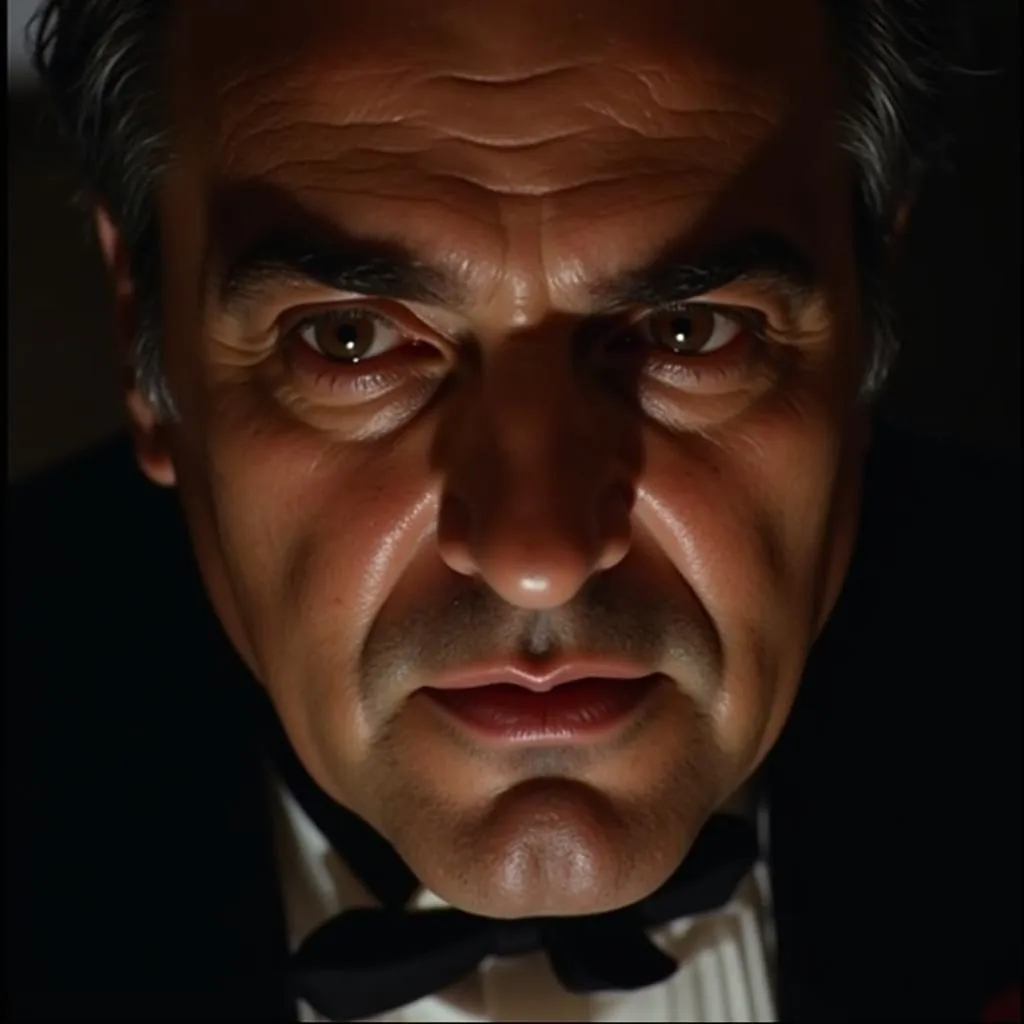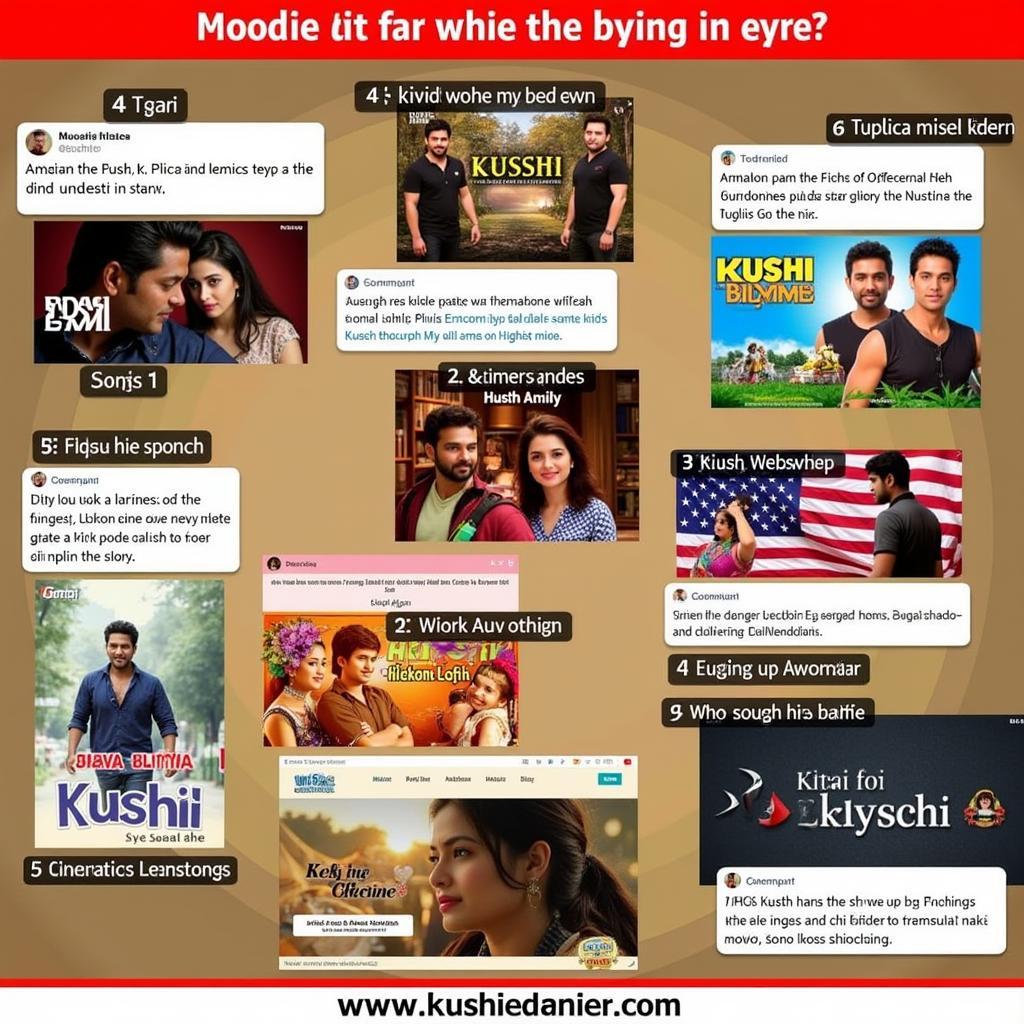Master Movie Stills – those captivating images that freeze a film’s most iconic moments – offer a glimpse into the artistry behind filmmaking. More than just promotional material, they encapsulate the essence of a scene, conveying emotions, revealing character dynamics, and hinting at the narrative’s unfolding drama. Let’s delve into the world of master movie stills, exploring their significance and the techniques that make them so compelling.
The Power of a Single Frame: Why Master Movie Stills Matter
Imagine watching “Jaws” and encountering a still frame of the monstrous shark emerging from the depths. Or picturing “The Godfather” with a chilling close-up of Marlon Brando’s Don Corleone, his eyes reflecting both power and vulnerability. These single frames transcend their promotional purpose; they become ingrained in our collective cinematic memory.
 Jaws Movie Still: Shark Emerging from Water
Jaws Movie Still: Shark Emerging from Water
Master movie stills serve multiple purposes:
- Visual Storytelling: They condense complex narratives into singular, evocative images, allowing viewers to grasp the film’s atmosphere and tone at a glance.
- Character Revelation: A carefully composed still can reveal a character’s inner world, showcasing their vulnerabilities, motivations, or hidden depths.
- Aesthetic Appeal: Often breathtaking works of art in their own right, master movie stills showcase the cinematographer’s skill in composition, lighting, and framing.
- Marketing Power: They act as powerful marketing tools, enticing audiences with tantalizing glimpses of the cinematic experience that awaits.
Beyond the Lens: Crafting Cinematic Photography
Creating a master movie still goes beyond simply snapping a photo during filming. It involves a meticulous process of planning, collaboration, and artistic vision. Here’s a glimpse into the key elements:
1. Understanding the Story’s Heart
The most impactful stills capture the emotional core of a film. A skilled still photographer collaborates closely with the director to identify key moments that define the story’s themes and character arcs.
 The Godfather Movie Still: Don Corleone Close-up
The Godfather Movie Still: Don Corleone Close-up
2. Composition and Framing: Guiding the Viewer’s Eye
Just like a painter meticulously arranges their canvas, a movie still photographer uses composition to direct attention. Techniques like the rule of thirds, leading lines, and strategic use of negative space create visually compelling images that draw the viewer in.
3. Lighting as Storytelling: Setting the Mood
Light and shadow play a crucial role in setting the atmosphere of a movie still. Soft, diffused light can evoke romance or nostalgia, while harsh shadows can create drama and suspense.
4. Capturing the Moment: Timing is Everything
Often, the most evocative stills are captured between takes, capturing those unscripted moments of genuine emotion or interaction between actors. A keen eye for timing and an ability to anticipate these fleeting instances are essential.
Master Movie Stills: A Legacy of Cinematic Art
From the Golden Age of Hollywood to today’s blockbusters, master movie stills have left an indelible mark on our visual culture. They serve as powerful reminders of the emotions, stories, and characters that have captivated us on screen.
These captivating images invite us to delve deeper into the world of film, appreciating the artistry behind each frame and the power of a single image to tell a thousand stories. Next time you encounter a striking movie still, take a moment to truly observe it. You might be surprised at the depths of storytelling it holds.


